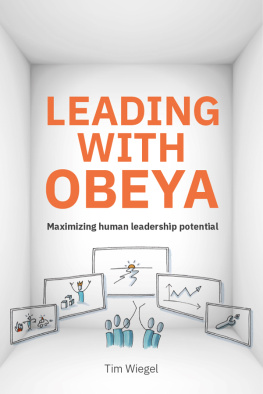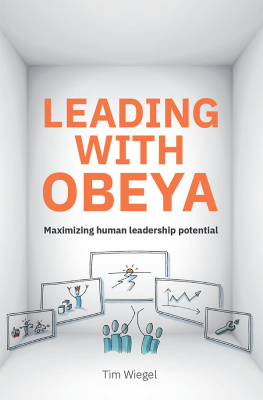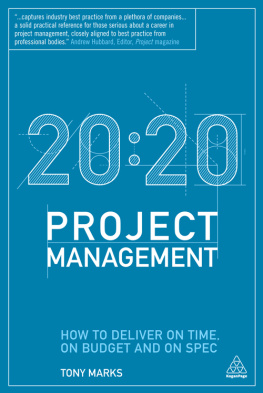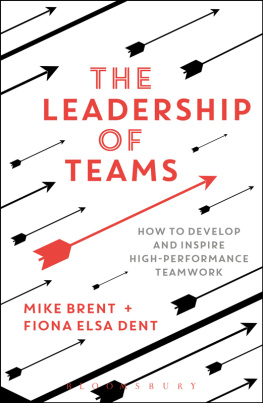New ways of visual working has emerged considerably in the last few years. Obeya is a philosophy that can help you to understand how you can benefit from a visual language in your day to day business work. Visual thinking and doing is here to stay. Leading With Obeya is an engaging read to making the transition from traditional to visual management possible.
Patrick van der Pijl CEO Business Models Inc., speaker, author of Design a Better Business and Business Model Shift, producer of Business Model Generation
Keeping an overview and the ability to steer when it gets big and complex in fast and dynamic environments, how do you do that? Obeya offers a solution and its practical value has been fully demonstrated in recent years. But how do you set up a good Obeya and how do you effectively introduce this tool into an organization? With his book Leading With Obeya, Tim Wiegel has succeeded in creating a book that offers many answers, but above all shows giant practical experience. The examples provide guidance, the approach gives direction, and the setup is super practical. In short: highly recommended!
Rini van Solingen speaker, professor at Delft University of Technology and author of How to Lead Self-Managing Teams, Formula X, The Power of Scrum, Scrum for Managers and The Responsive Enterprise
I read Leading With Obeya with a feeling of great anticipation because, whilst many people are aware of the literal translation of Obeya (at its simplest Great room), few understand the philosophy behind its true use. I was therefore fascinated to learn how Tim would approach the topic and he didnt disappoint. Right from the foreword Tim confronts the paradigms of how you, and your organization, works and challenges you to think differently on every page.
What I really like about the book is that Tim doesnt expect you to agree with his every point, he simply wants you to think about how you and your organization needs to change to be successful, using the principles of Leading With Obeya to emphasize the importance of great Leadership. He uses some fantastic visuals and examples to engage the reader and he maintains an interesting narrative throughout.
The more people that are encouraged to move from a traditional management style to Lean leadership, the better, and Tims maiden book will help you and your organization to make the change.
Philip Holt Senior Vice President - Operational Excellence at GKN Aerospace and author of The Simplicity of Lean and Leading with Lean
Cover design and lay-out: Jorine Zegwaard, jorinezegwaard.nl
Editing: Dorseda de Block
Illustrations: Koen de Keersmaecker, Bizzuals.com
2020 Tim Wiegel & Boom uitgevers Amsterdam
Management Impact is a division of Boom uitgevers Amsterdam
ISBN 978 94 6276 332 6
e-ISBN 978 94 6276 396 8
www.leadingwithobeya.com
www.ObeyaCoaching.com
All rights reserved. No part of this book may be reproduced, stored in a database or retrieval system, or published, in any form or in any way, electronically, mechanically, by print, photo print, microfilm or any other means, without prior written permission from the publisher.
The publisher is fully aware of its responsibility to ensure optimum reliability. Nevertheless, we cannot accept liability for any inaccuracies that may appear in this edition.
For Mieke and Lise
Foreword
This book is about leading organizations using Obeya, which, if used well, helps maximize human leadership potential. In recognizing our human flaws, were all willing, but not always able to do whats necessary to realize our dreams with an organization. I truly believe that leading with Obeya a big room in which we visualize our work in relation to our goals, catering to our cognitive abilities maximizes our human potential to help organizations on their quest to glory. I hope, in particular, those organizations whose quest is related to making this world a bit of a better place will be inspired to increase their impact because of this book.
Speaking of glory, who has seen much of it in their organization lately? Ive seen many organizations embark on Lean or Agile transformation journeys, improvement programs, or stay with the status quo. But with the exception of just a few, none of them had major success in terms of successfully transforming the way they work and the way they think at least not while I was there. Maybe I bring bad luck. Or maybe something else was going on.
Ive seen organizations and management teams struggling with seemingly similar problems; I wonder if you might recognize a few of them:
Meaningless strategic planning sessions and follow-up documentation that ends up gathering dust on the intranet.
Trying to push a hundred projects simultaneously and nothing gets done.
Getting stuck in firefighting mode as a result of operational debt (fixing your structural problems).
Long, stale management meetings that seem to add little value, and everybody knows it.
Administrative burden from reports that nobody seems to read.
Siloed departments that barely cooperate or even communicate.
Increased KPI steering by senior management in an attempt to gain control over whats happening in the organization.
Stating people are the most important asset, but no one actually experiences it that way.
Adopting and transforming new ways of working, like Agile from the outside, but sticking to the old habits from the inside.
And so on
I do hear stories about overcoming these typical issues from teams or departments that achieve major successes, but they seem to be very rare. In fact, they seem to be so rare that when they do occur, news travels fast and a lot of other companies start to try to copy whatever happened there and paste it onto their own organization. Take the Lean tools weve tried to copy from Toyota, the Scrum methods we tried to copy from Nokia, the squads and tribes model weve tried to copy from Spotify, or the OKR approach were trying to copy from Google. But, like with real copies, whenever you copy something the quality just isnt the same, and on some copies, the ink tends to completely disappear after a while.
When I evaluate organizations and their approach to making things better and I set out to achieve their goals, it often comes down to a change program that focuses on operational teams, adheres to some new and sometimes hyped form or way of working, and is ultimately driven by the need to either make more money or spend less money. But since we cant describe it that way, well tell people were looking for things like agility. Ive seen some pretty agile teams indeed, all scattered going in different directions but never the same. Unfortunately, that doesnt really help achieve the financial goals either.
I was never really lucky enough to come across an organization in person that, from work floor to top management, decided to do things radically different. The Dutch home-care organization Buurtzorg comes to mind, Semco comes to mind and now we find ourselves back at naming a handful of companies that deliver major successes that others are trying to copy (and are failing in the process).
And here I am writing a book for you with a name in the title that probably fits your definition of a new hype. So why bother with reading about Obeya, after reading my perhaps somewhat cynical foreword this far? Well, lucky for me, Obeya isnt anything new, its been around since the mid-90s, so technically Im not sure we can call it a hype.
But using Obeya, or a big room with visuals, will not add any value unless you put the principles into practice. Those principles are easy to trace back to an origin well before I was born (1981). They are pretty straightforward and you will nod in recognition looking at them, but possibly go back to doing your work like you always did without displaying any sign of changed behavior. So no hype there either, but rather a question: whats holding us back to simply start applying a set of principles and ways of working that make complete sense?










